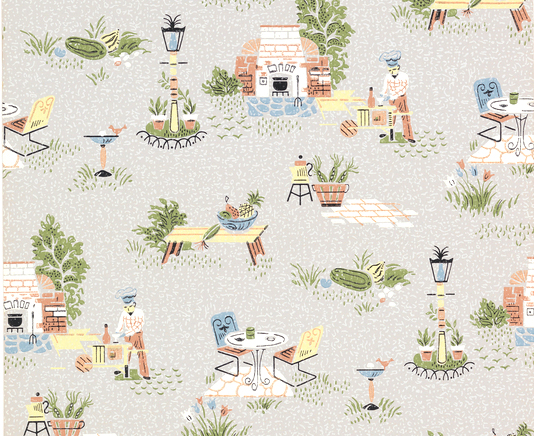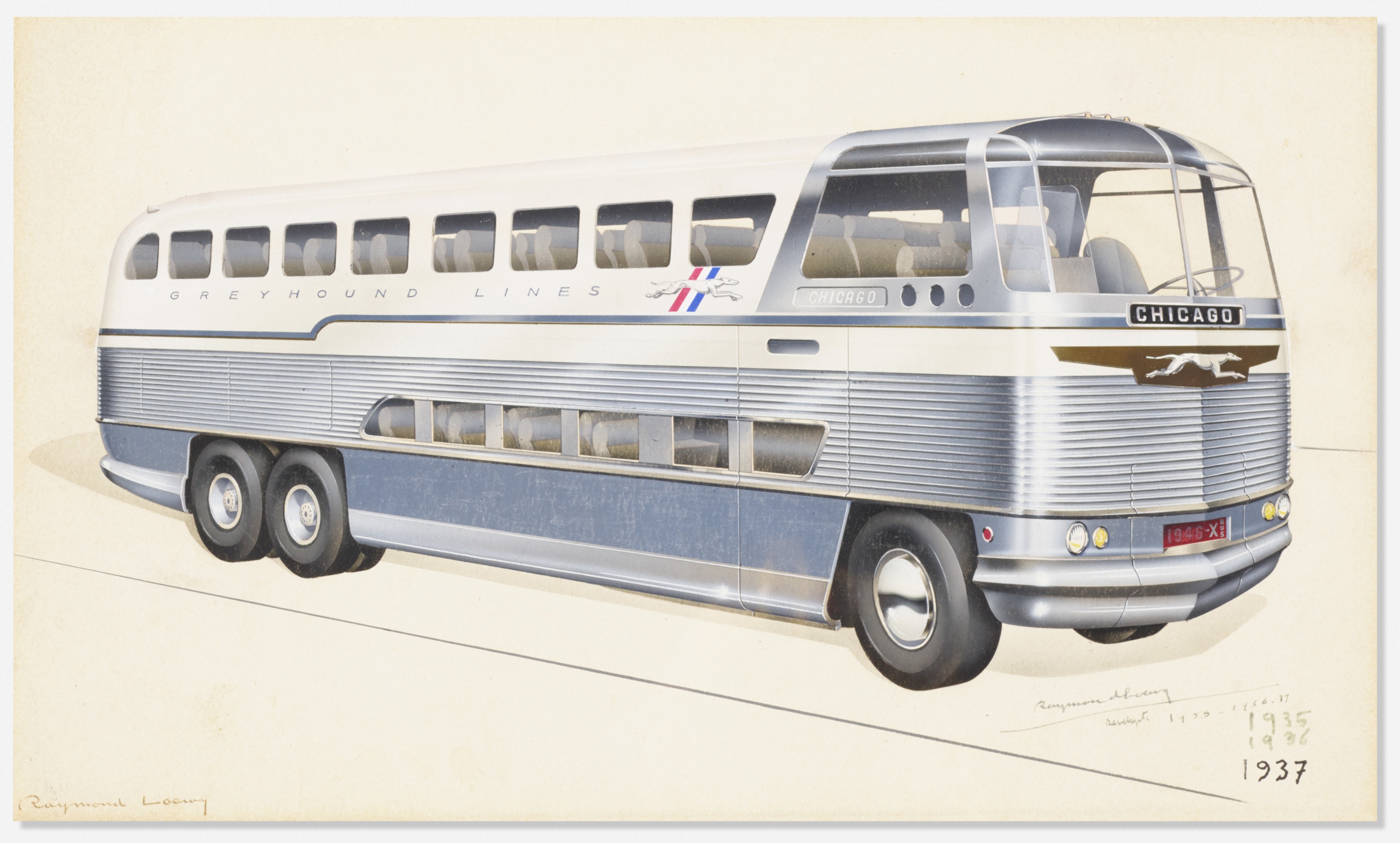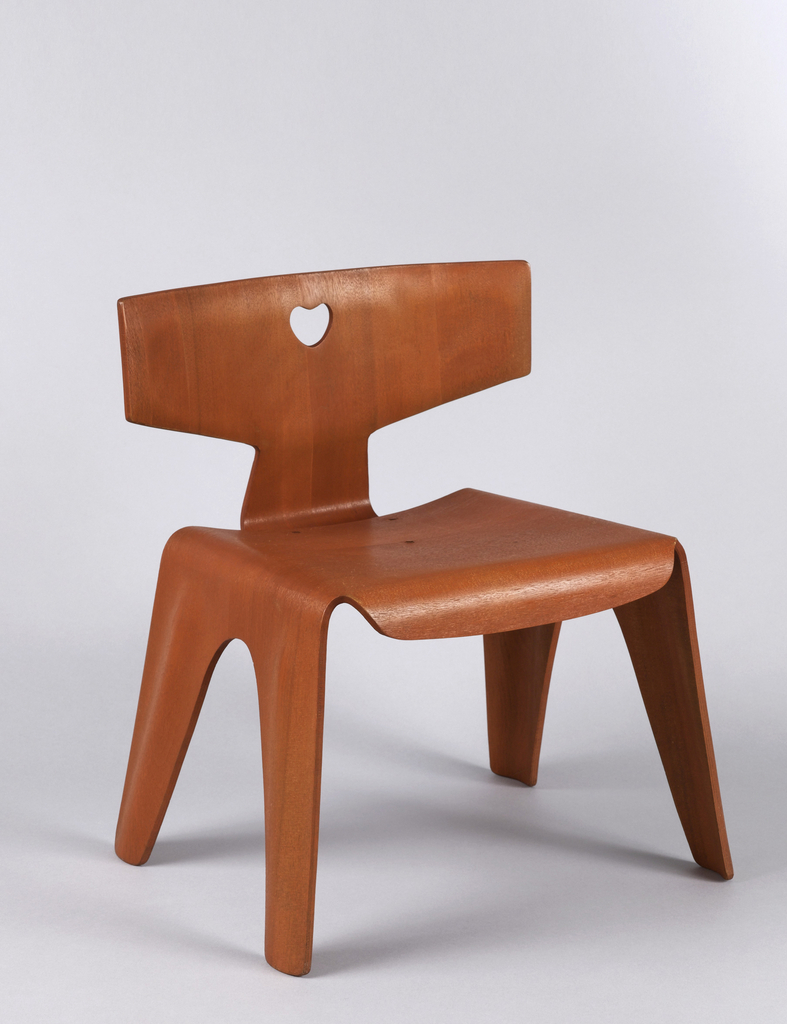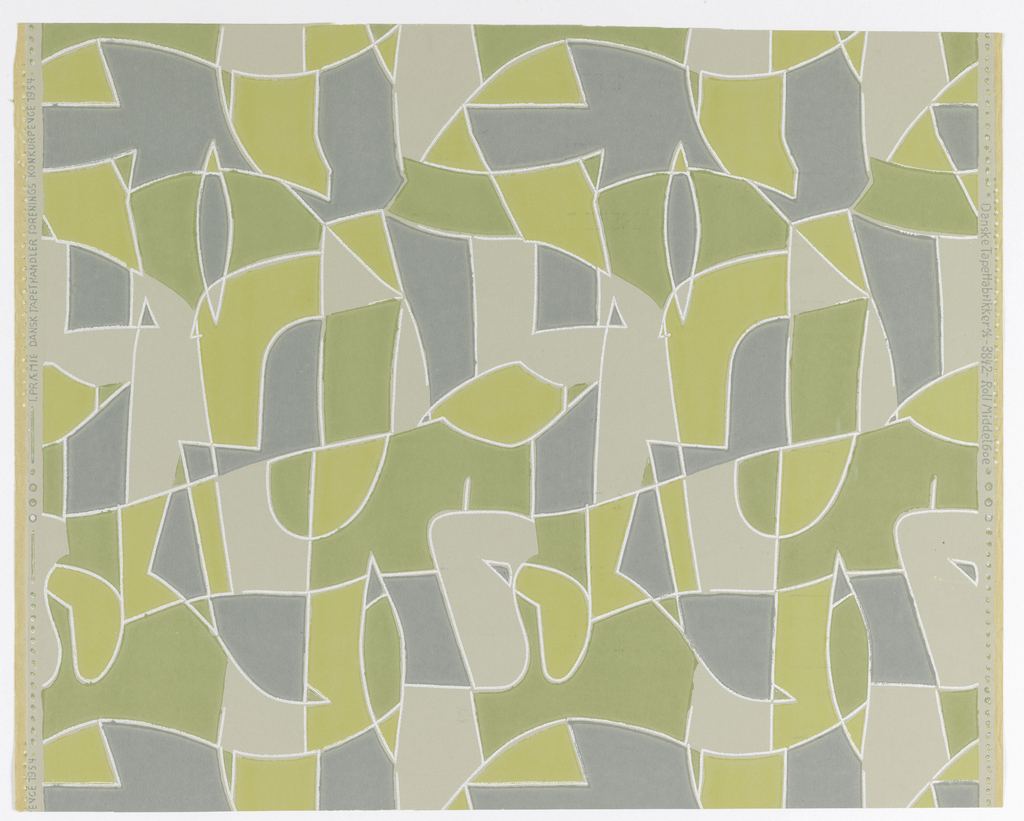Since I was fortunate enough to have my blog posted on July 4 I thought I would write about something holiday specific. Not always an easy task as wallpaper is a long-term commitment, so there are few papers that display seasonal activities or special holidays. In years past I’ve written about the American War of...
On July 9, 1947, Look magazine ran a feature article on the fastest growing form of transportation in America: intercity buses. “Bus travel, according to the sworn word of many highway fans,” the author wrote, “is the best way to make a sightseeing holiday trip.”[1] The post-war boom in bus travel was indebted, in part,...
Experimenting with the possibilities of molded plywood during World War II allowed influential design couple Charles and Ray Eames to perfect a cheaper alternative to metal leg splints. The lightweight design proved to be a life-saving innovation for wounded soldiers. At the end of the war, the Eamses redirected their improved understanding of molded plywood...
This unobtrusive sidewall was designed c.1954 – 1955 by Rolf Middelboe for the Danske Tapetfabbriker company, and it is a great example of midcentury “Danish Modern” design. Thin white lines wander over the paper, sometimes angular sometimes curvilinear, creating a patchwork of abstract polygons. The shapes are filled with muted tones of grays and greens,...



